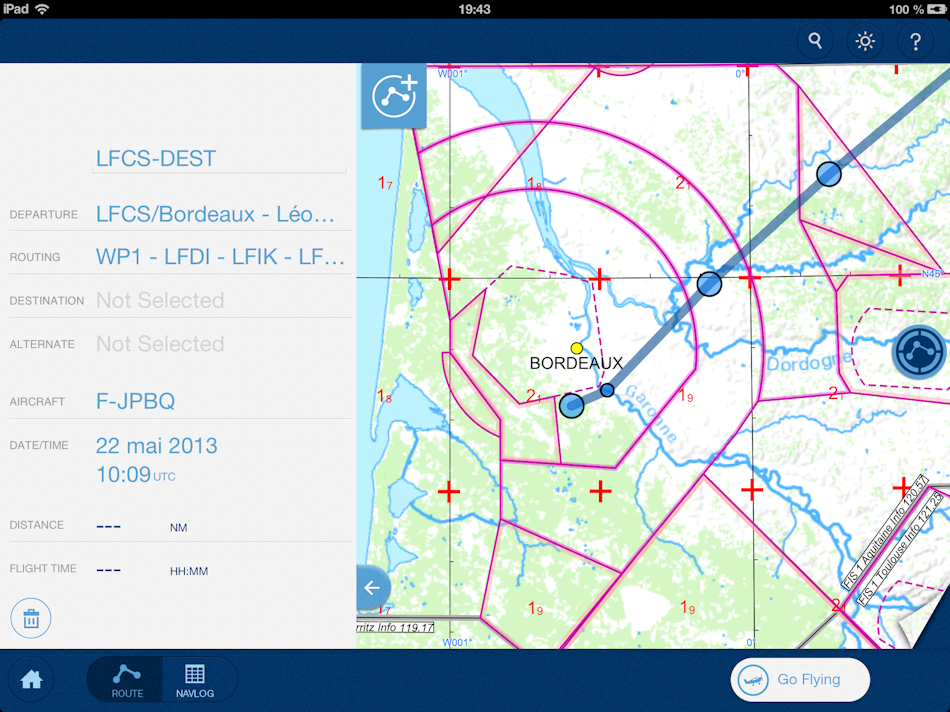

The so-called ‘green” hydrogen is an advertising ploy since the vast majority of hydrogen comes from fossil fuel refining that consumes energy and emits CO2. The main problem is getting the pure hydrogen in the first place. LH2 requires little more energy than liquid oxygen or LNG. Producing and handling liquid hydrogen is a known technology that has been around for many years. And yes, AJ, storing hydrogen fuel tanks inside a hanger is not a good idea, but if I read the article correctly, the fuel pods are removable and can be stored separately in a designated area. Other liquid fuel spills require extensive cleanup.

There is no cleanup from a hydrogen spill since it leaves nothing behind except some frozen vegetation. Plus, being much lighter than air, hydrogen vapors quickly rise and dissipate from a spill, unlike avgas and jet A that lie in a pool and emit heavy vapors that hug the ground. Yes, hydrogen is flammable and will explode if mixed at its ideal stoicometric ratio, but it burns with a low luminance flame that is much less hazardous to humans than gasoline or jet A. Most cryogenic piping and vessels use aluminum alloys for weight considerations. Hydrogen embrittlement is mainly a thing with steel alloys and usually occurs at high pressures and elevated temperatures. Compressed H2 requires very high pressures and heavy containment tanks, neither of which are desirable for flight. NASA and many companies using cryogenic rocket fuels are well versed in handling liquid hydrogen, which is the only really practical method of using it for aircraft purposes. The climate argument aside, the hysteria over hydrogen is still rooted in the Hindenburg disaster, which is not really relevant today. So I have a concern with this being so widely cited as a definitive source on the energy physics of flight. Large inefficiencies exist in both sources but are very different other than wing math. The numbers on paper are just the aero fluid dynamics calc but the real world factors required to meet any certification or operational requirements of 14 CFR are not touched on for either kero or e aircraft and are entirely different. If only integral calculus and brochure metrics were required to make an airplane fly, there would be hundreds of manufacturers. All authors are profs, not aircraft operators.

So these are valid models as far as they go, and they clearly explain their model to support their conclusions, but it is strictly academic. Their math model centers on three airliner classes (RJ, narrow, widebody) but it uses averages that include a crazy range (for instance they average a modern 737-MAX 8 and A321neo with 737-100s and DC9s from 1970s, without weighing the average for which aircraft are currently in service.) A Saab 340 is not performing anything like a E195 obviously csv data does not derive from these sources so it’s hard to see where they get their numbers, and for no plane I saw do their numbers match the TCDS for the certified aircraft.
AEROWEATHER FAA PLUS
Their data sources for transport aircraft are listed in detail but consist of several EMB brochures plus some docs provided by Boeing to airport authorities for facility planning. The first source you point towards is cited by many sources quite frequently, and thankfully the authors completely disclosed their methodology, and I would invite all readers to have a look at its assumptions. Our company once had one for a C172 exhaust but I guess if we had sent the press release to Avweb, they’d make it out to be a huge accomplishment. Anyone can get one, it’s like getting accepted to community college in that whether or not it’s a big deal or not greatly depends on what’s next. This article is someone getting a temporary experimental airworthiness cert under 21.191(a) for an R&D project.


 0 kommentar(er)
0 kommentar(er)
